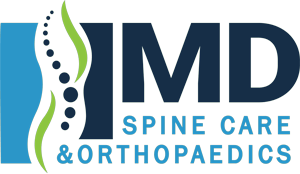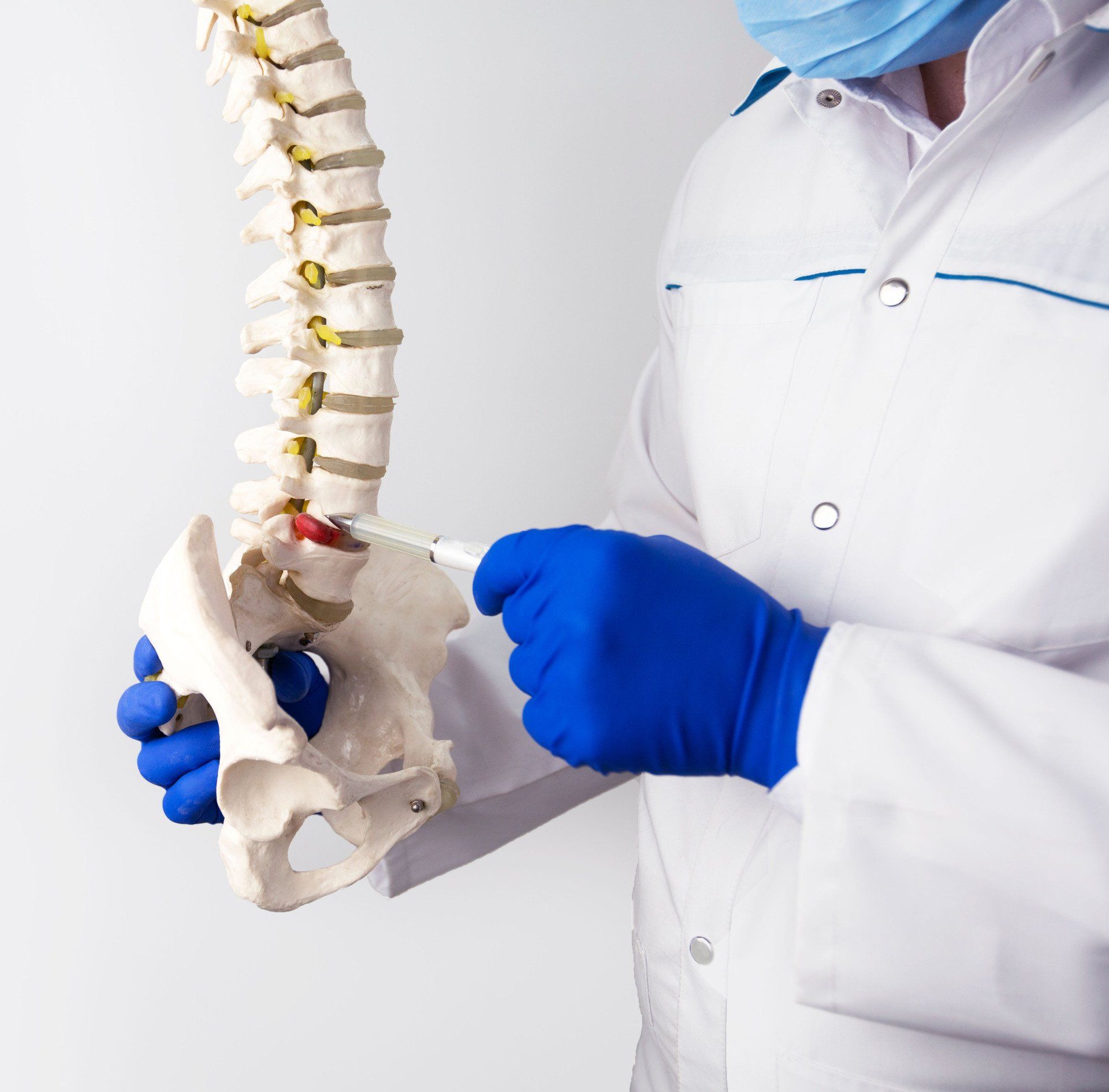PRP
Platelet-rich plasma (PRP) is an innovative type of regenerative medicine that can accelerate your natural healing ability. At MD Spine Care and Orthopaedics, with two convenient locations in San Antonio, Texas, board-certified orthopaedic surgeon Frank K. Kuwamura III, MD, uses PRP to treat a wide range of spinal injuries and disorders and to help you recover from surgery quickly and safely. Call MD Spine Care and Orthopaedics or schedule a consultation online today to find out how PRP can help you.
MD Spine Care and Orthopaedics
Orthopaedic Spine Surgeons located in San Antonio, TX

